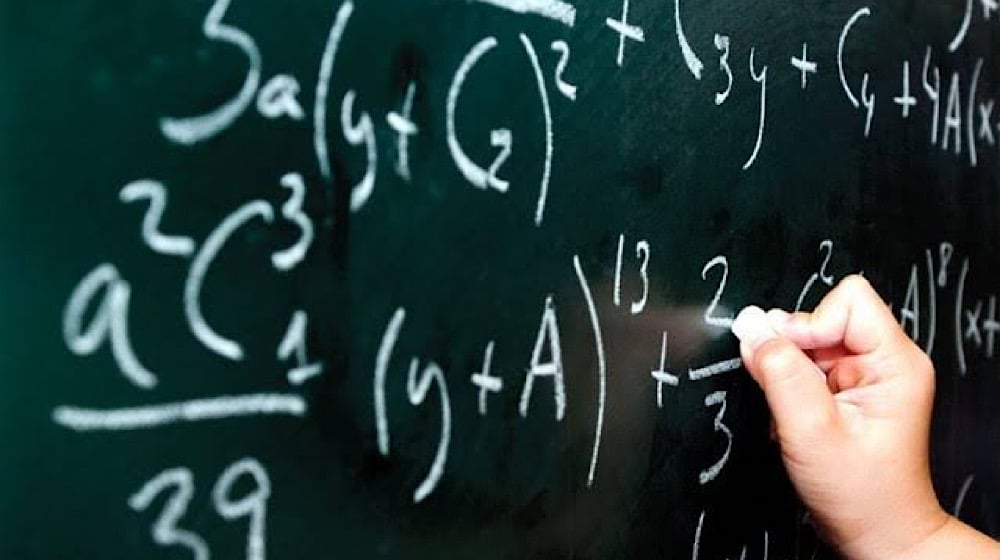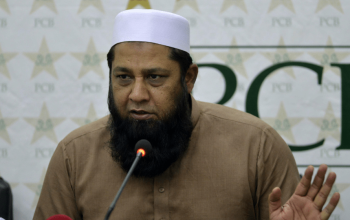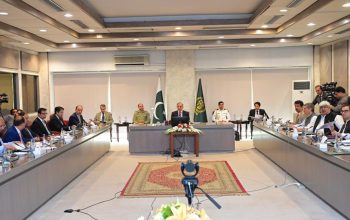The cumulative education expenditures by federal and provincial governments declined as percentage to GDP in fiscal year 2023 and is estimated at 1.5 percent of GDP compared to 1.7 percent of GDP in previous year, which is lowest in the region.
The Economic Survey 2023-24 noted that expenditures on education-related activities during fiscal year 2023 increased 13.6 percent and reached Rs. 1,251.06 billion from Rs. 1,101.7 billion.
During 2021-22, the PSLM Survey was not conducted by Pakistan Bureau of Statistics (PBS) due to the scheduled Population and Housing Census 2022. Therefore, the figures for the latest survey regarding GER and NER may be considered for the analysis. However, according to the Labor Force Survey 2020-21, the literacy rate was 62.8 percent in 2020-21 as compared to 62.4 percent in 2018-19, higher in males (increased from 73.0 percent in 2018-19 to 73.4 percent in 2020-21) than females (from 51.5 percent to 51.9 percent for the same period).
Area-wise analysis suggests literacy increased in both rural areas from 53.7 percent in 2018-19 to 54.0 percent in 2020-21, while in urban areas, it increased from 76.1 percent in 2018-19 to 77.3 percent in 2020- 21. The male-female disparity seems to be narrowing down over time. The literacy rate has gone up in all provinces, with Punjab (increased 66.1 percent to 66.3 percent), Sindh (61.6 percent to 61.8 percent), Khyber Pakhtunkhwa (52.4 percent to 55.1 percent), and Balochistan (53.9 percent to 54.5 percent).
The literacy rate (10 years and older) is 60 percent, showing that males are more literate than females. Punjab is at the top, while Balochistan is at the bottom. Youth literacy (15- 24 years) is 72 percent (Male: 79 percent and Female: 65 percent). The province-wise comparative situation is the same, with higher disparities for females than males in youth literacy rates. The adult literacy rate is 57 percent (Male: 68 percent and Female: 46 percent), which indicates that the adult male population is more literate than the adult female population.
In the Pakistan Social and Living Standards Measurement (PSLM) 2019-20, the Out-of-School Children (OOSC) rate was 32 percent in the country, with a higher rate of female OOSC (37 percent) than males (27 percent). Punjab had a 24 percent OOSC rate, Sindh 44 percent, Khyber Pakhtunkhwa 32 percent, and Balochistan 47 percent. In all provinces, more females were out of school than males.
The post Pakistan’s Education Spending as Percentage of GDP Lowest in Region: Economic Survey appeared first on ProPakistani.



